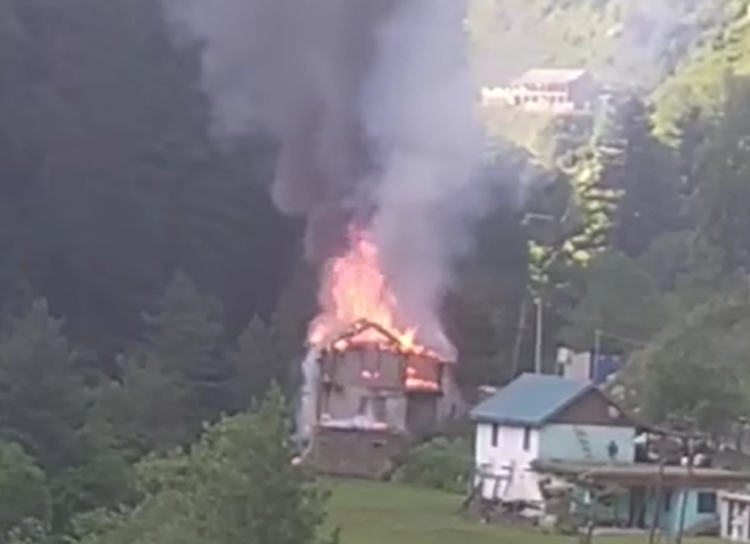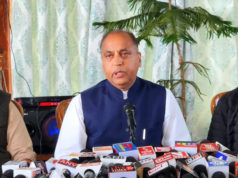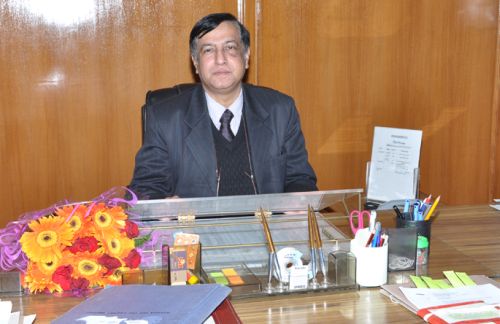In a significant development, Section 144 has been lifted in the Saluni sub-division after 13 days following the Manohar murder case. The removal of the imposed restrictions brings a sense of relief to the local residents who had been subjected to limitations for an extended period.
The case came to light when the family of Manohar, a resident of Bhandal panchayat in the Saluni sub-division, reported his disappearance to the Kihar police station on June 6. Subsequent search efforts, with the assistance of villagers, tragically led to the discovery of Manohar’s mutilated body packed in gunny bags on June 9. The heinous nature of the murder sparked widespread public outrage, prompting rallies at various locations. On June 15, a gathering in Saloni, represented by the Naib Tehsildar, demanded severe punishment for the culprits and comprehensive support for the victim’s family from the Chief Minister.
To address the deteriorating law and order situation, the District Magistrate imposed Section 144, which imposed restrictions on public gatherings and movements in the area. However, as the situation gradually returns to normalcy, the Deputy Commissioner has taken the decision to lift Section 144, providing respite to the local community. While five battalions remain deployed in the region, a gradual withdrawal of police personnel is anticipated with the improved circumstances.
Simultaneously, the fate of three minors involved in the murder case hangs in the balance as the Juvenile Justice Board reserves its decision on their bail application. The police vehemently opposed granting bail to the accused during the hearing, leading the board to postpone its decision until a later date.
Superintendent of Police Abhishek Yadav confirmed the appearance of the minor suspects before the Juvenile Justice Board in Chamba/Tisa. The board’s reservation of the bail decision prolongs the uncertainty surrounding the minors’ legal proceedings.
As the legal process unfolds, the community eagerly awaits justice for Manohar’s tragic death. The outcome of this case will have far-reaching implications for understanding the handling of juvenile offenders within the legal framework and the accountability for their involvement in grave crimes.








